Chemical resistant labels safeguard critical information in environments where standard labels fail. Built with specialized materials, they maintain legibility and adhesion when exposed to solvents, acids, and aggressive cleaners. These labels endure anything from brief splashes to full chemical submersion. Industries like pharmaceuticals, manufacturing, and chemical processing depend on them for safety, traceability, and compliance.

Chemical exposure can quickly degrade a label’s legibility, adhesion, or both. Whether you’re working with aggressive solvents like xylene or handling disinfectants like 70% IPA, label failure isn’t an option. Chemical resistance depends on the right combination of face stock, adhesive, ink, and protective layers—each tailored to the chemicals involved. That’s why material selection and testing are critical to success.
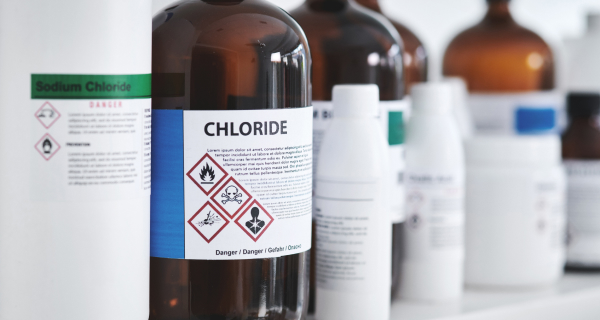
Whether you need labels for xylene-exposed slides or acetone-wiped auto parts, the right construction makes all the difference. We offer a wide range of options, from pre-printed and topcoated labels to self-laminating and resin ribbon solutions. Our chemical-resistant labels are used across industries including laboratories, chemical manufacturing, automotive, and medical devices.
Pre-printed labels for maximum durability
Resin ribbons for print-on-demand needs
Self-laminating for added image protection
Material testing for chemical compatibility
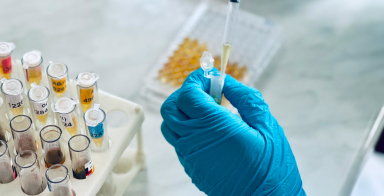
Lab environments often involve harsh solvents like xylene, DMSO, and acetone—especially in histology, molecular biology, and sample storage. We engineer labels for slides, tubes, vials, and more, ensuring print legibility and adhesion even after repeated chemical exposure and freezing.

Labels used in automotive manufacturing must withstand exposure to degreasers, cleaners, and aggressive solvents like MEK. From under-the-hood parts to tires and belts, our chemically resistant constructions ensure codes and branding remain intact throughout production and use.
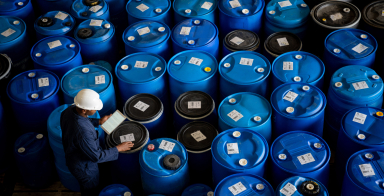
Facilities handling industrial chemicals require labeling that resists a wide spectrum of solvents and substances. Whether you need drum labels, process tracking tags, or equipment ID, we build label systems that survive direct contact with hazardous chemicals and solvents.
Chemical exposure can vary significantly, requiring labels designed for specific conditions. Splash exposure involves brief, incidental contact with chemicals during transfers or cleaning, where labels must resist short-term interaction without damage. Submersion exposure, on the other hand, occurs when labels are fully immersed in cleaning or sterilizing chemicals.
Some labels are designed to handle occasional splashes of mild chemicals, such as water, disinfectants or cleaning solutions, while others must withstand frequent, intense exposure to aggressive substances like acids or solvents. The choice of label materials and protective coatings plays a crucial role in determining a label’s ability to withstand these different types of exposure.
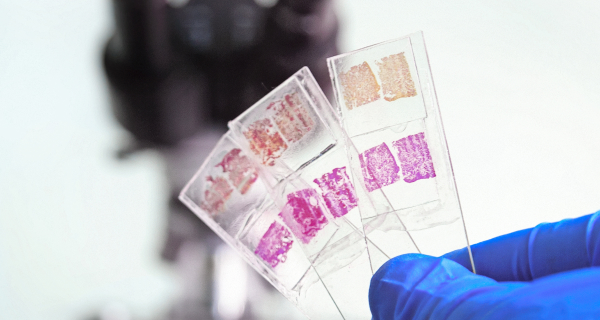
Solvents are chemicals used to dissolve or dilute other substances without altering their chemical composition. They are essential in cleaning, degreasing, and facilitating chemical reactions across many industries. Common examples include acetone, ethanol, isopropyl alcohol, methanol, toluene, xylene, and MEK. Solvents vary in volatility and strength, making them versatile for a range of applications, from cleaning labware to preparing surfaces for further processing.
Reagents are specialized chemicals used to initiate, drive, or measure reactions in lab and industrial processes. They are carefully formulated to ensure precision in assays, synthesis, and diagnostic testing. Examples include buffers, hydrogen peroxide, sodium borohydride, Taq polymerase, and potassium permanganate. These substances are critical for reliable results, and labels exposed to reagents must resist chemical interaction and maintain their integrity.
Acids and bases are chemicals that adjust pH levels and participate in a wide range of reactions. Acids donate protons, while bases accept them, making both essential in processes like cleaning, neutralization, and chemical manufacturing. Examples include hydrochloric acid, sulfuric acid, nitric acid, sodium hydroxide, and potassium hydroxide. These highly reactive substances require labels that can withstand corrosive environments without fading or degrading.
Not all labels are built the same. Share a few details about your product or environment, and we’ll recommend a label designed to stick, stay readable, and hold up under pressure.
Each layer of a chemically resistant label plays a crucial role in ensuring durability. From face stocks to adhesives, every component must be carefully selected to withstand harsh substances. Protective coatings and laminates further enhance the label’s ability to endure aggressive chemical exposure.
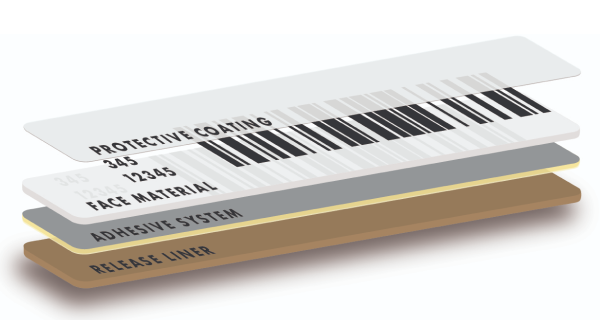
No matter how the label is printed, the face stock and adhesive must hold up to the specific chemicals in your environment. Resistance isn’t universal—some materials fail under xylene but hold up to IPA, while others react to high-pH or high-temperature solvents. That’s why we test and select materials based on your exact use case.
Polyester face stocks for harsh solvents
Acrylic adhesives for chemical compatibility
Rubber adhesives for cold or curved surfaces
Testing against xylene, MEK, IPA, and more
For the strongest chemical resistance, pre-printed labels are the most reliable solution. With access to specialized inks, coatings, and curing technologies, we can build labels that outperform anything printed on demand. This option is ideal for environments where chemical contact is frequent or prolonged, or where reapplication isn’t feasible. We test against common solvents like xylene, MEK, acetone, and DMSO to make sure the image and label stay intact. Pre-printed labels also offer greater visual consistency, brand control, and performance under extreme conditions.
Printed with UV-cured and solvent-based inks
Protected by chemical-resistant topcoats
Built with tested face stock and adhesives
Verified for harsh environments and solvents
We guide you in selecting a label construction that fits your chemical profile—because not all aggressive chemicals behave the same way. Even a label that resists xylene may fail under methanol, depending on how the ink interacts. That’s why our chemical-resistant options aren’t one-size-fits-all—they’re engineered per application. Choosing pre-printed also means faster deployment, better longevity, and fewer surprises in the field. When failure isn’t an option, this is the gold standard.
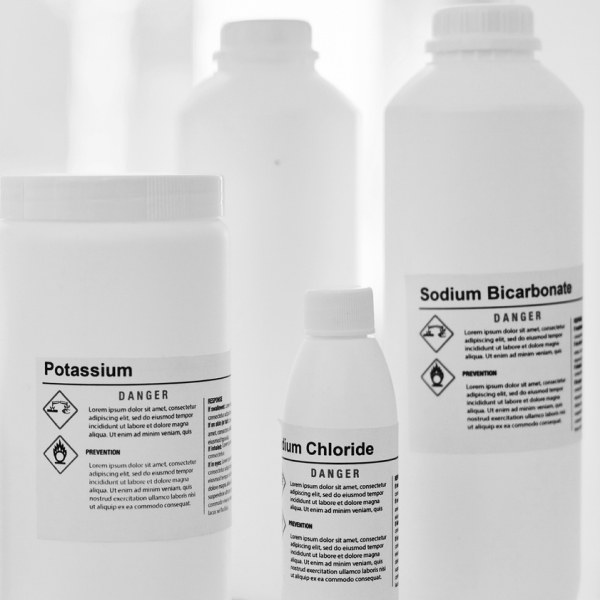
UV-cured inks harden instantly under ultraviolet light, forming a chemically resistant film that resists smearing, degradation, and solvent washout. Solvent-based inks physically bond to the label surface, offering strong durability in aggressive chemical environments.
Protective coatings are applied before and after printing to enhance print receptivity and seal the image layer to shield it from abrasion and chemical contact. These barriers prevent solvents from reaching and disrupting the printed surface underneath.
We use flexographic, digital offset, and hybrid systems to produce chemically resistant labels with precise ink control and strong adhesion. These technologies enable high-resolution imaging with durable ink laydown that outperforms typical desktop or thermal transfer printing.
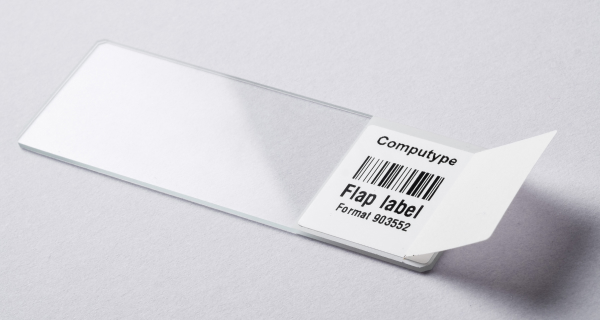
If you need to print labels yourself, we offer materials and ribbons that help your labels hold up better under chemical stress. While not as durable as pre-printed options, on-demand strategies like resin ribbons and self-laminating labels can still perform well in moderate to harsh environments. We’ll help you choose materials that balance durability with flexibility.
Resin thermal transfer ribbons for better chemical resistance
Self-laminating labels to protect the print image
Face stocks compatible with lab-grade solvents
Flexible label kits for labs and manufacturing
Chemical resistance varies by solvent, duration, and exposure type—which is why we test labels under real-world conditions before recommending a construction. We don’t assume performance based on generic claims. Instead, we evaluate how a label reacts to the actual chemicals, workflows, and surface types it will encounter.
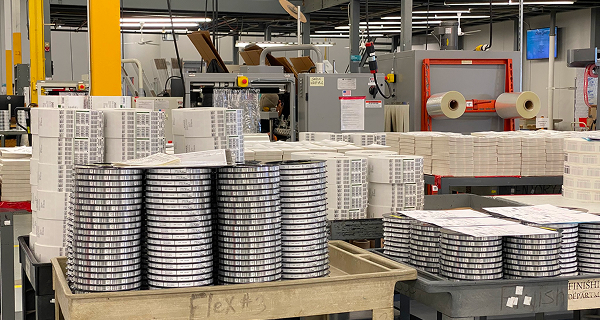
We test labels against the exact chemicals used in your environment to evaluate image durability, adhesive performance, and material integrity. Exposure may include immersion, surface contact, or wipe testing, depending on your use case. Some chemicals attack inks, others affect adhesives—so we don’t rely on assumptions or generalizations.
Tested with xylene, MEK, acetone, DMSO, IPA, and more
Simulated exposure based on your real-world workflow
Multiple durations and contact methods evaluated
Results inform exact label construction recommendations
We apply solvents to the label surface and simulate wiping or repeated splashing to test the image and adhesive durability. This reflects real-world conditions in labs and production environments where brief contact occurs during cleaning or spills.
Labels are fully submerged in solvents like xylene or acetone for controlled time intervals. This simulates long-duration contact and reveals how well inks, adhesives, and face stocks resist chemical degradation when completely immersed.
We evaluate whether label components like ink or adhesive migrate through plastic or glass, especially on tubes and vials. This is essential in labs and medical settings where even indirect contact could compromise contents or compliance.
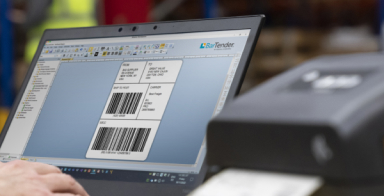
BarTender makes label design and printing simple and efficient. Integrate easily with agricultural systems for compliance and tracking.
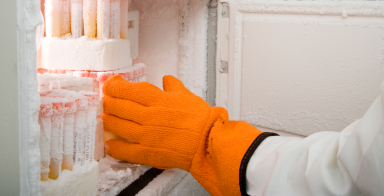
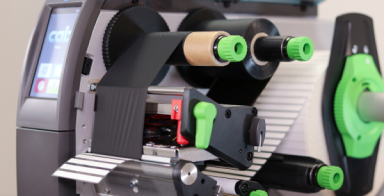


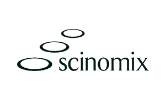



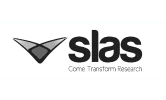

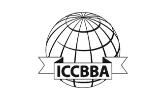
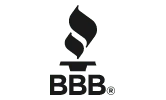

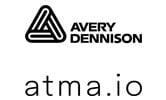
© Computype 2024
© Computype 2024
Take advantage of our volume discounts for bulk orders. Reach out to us for a personalized quote tailored to your needs.
"*" indicates required fields